The year before my diagnosis, I had unusual left breast tenderness and left back pain. Having heard that mammograms are the go-to screening tool and knowing BreastScreen was the Australian flagship screening program, I went for a BreastScreen mammogram*. A few weeks later, I received a letter telling me that no cancer was detected. I also sought a doctor’s opinion and had a physical examination at her surgery which did not identify any concerns. The negative mammogram gave me and my doctor a sense of relief. Eleven months later, I felt an unusual lump in my left breast that didn’t go away. This time I went to a private, specialist, multidisciplinary breast practice at a large hospital where I saw a doctor, had a mammogram, an ultrasound and a biopsy on the same day.
I trusted the health system to give me the information that I needed to make informed medical decisions but when I found myself in a serious health crisis, I learned that there was a gap in the BreastScreen program. I discovered that women who have their breasts screened through the private system are informed of their breast density. This provides the opportunity for them to have more informed conversations with their doctors about their personal risk of developing breast cancer and to work together to plan an approach to screening that is right for them. BreastScreen, which is an already fantastic program that saves lots of lives, has the opportunity to save even more by empowering women with breast density information. This has led me to lobby to inform women about the impact of breast density on breast cancer risk, and the actions that women, in consultation with their medical providers, can take in response to their risk. Doctors’ Hippocratic oath is to do no harm but limiting information puts women at risk of interval cancers with poorer outcomes and de-stabilises women’s trust in medical practitioners. This is made worse by the difference in notification of women seen privately versus those receiving the BreastScreen program in a majority of states. All Australian women, regardless of where they have their screening, deserve to be informed of their breast density and what that means. In summary, reporting of breast density and providing accurate information about risks and precautionary actions available, will empower women, improve delivery of care, and importantly improve health outcomes and survival rates. Further research is needed to better support women with dense breasts and their physicians, but this should not delay reporting of this critical piece of information to better inform women regarding our breast health. To women reading this, get a mammogram, learn your density, and talk to your doctor. * I since learned that BreastScreen discourage women with symptoms from attending the screening program as they need a different type of mammogram. If you notice any unusual breast change, see your doctor immediately, rather than visit BreastScreen. Declarations
Krysty is not in receipt of any funding or support from pharmaceutical companies or industry. Krysty is a member of the Australian Breast Density Consumer Advisory Council Krysty’s personal advocacy Sydney Morning Herald interview Krysty’s mammogram was ‘clear’ but that didn’t mean she was cancer-free The Tea Room podcast interview Should women be warned on breast density? Medical Republic interview Breast density advocacy on the rise Channel 10 News interview Calls For Breast Density To Be Added To Mammogram Tests Volpara unsponsored webinar panel member The impact of knowing or not knowing your risk Meetings with members of parliament and organisations advocating for breast cancer care
0 Comments
Early in 2020, before we knew just how much COVID was going to affect our lives, A/Prof Wendy Ingman from InforMD provided a design brief to University of South Australia Bachelor of Design students, Breeze Millard and Emma Bailey, to create a short educational animation about breast density. The brief was part of a collaboration between UniSA and the Basil Hetzel Institute, where students take design briefs from scientists and develop an animation as part of their course. The course is led by lecturer Martina Budimir who supervises the student projects. Breeze and Emma took the brief and created the polar bear hidden in a snow globe as an analogy for cancers hidden in dense breast tissue. The project took shape over several months, with fantastic input from the Australian Breast Density Consumer Advisory Council as well as leading clinical radiologists, who helped the team get the wording and visuals just right. Hayley Pearson from Adelady kindly put her amazing voice to work and recorded the voice over in her home studio. We’re told she was in her PJs but we don’t have any photographic evidence! We are very pleased with the finished product and hope you agree that Breeze and Emma are two very talented animators.
In October 2018, the Canadian province of British Columbia became the first jurisdiction internationally to adopt the policy of notifying all women of their BI-RADS breast density category when they attend the population-based breast cancer screening program (British Columbia Cancer Breast Screening Program, or BCCBSP). The government-funded Medical Services Plan covers supplementary breast ultrasound for women with dense breasts, when they are referred by a physician or nurse practitioner based on their clinical judgment, and in accordance with the provincial clinical guidelines. This policy change was brought about following campaigning by the patient advocacy organisation Dense Breasts Canada, strong support from the community, and the completion of a review by Dr. Andy Coldman from the University of British Columbia and the British Columbia Cancer Research Centre. Adrian Dix, British Columbia Minister of Health, announces breast density policy change, source How does this policy differ from other jurisdictions that report breast density? While British Columbia is the first jurisdiction to notify all women of their breast density category as part of a population health screening program, a number of states in the USA, and also Western Australia, have policies and laws around breast density notification. However there are some key differences between these and British Columbia, listed below, that make the policy change in British Columbia unique and significant. USA Thirty six states of the USA mandate breast density notification to women with dense breasts, or provide general information about breast density after a patient’s mammogram (see here for details on each state law). This is a legislated requirement of these states and differs from the new BCCBSP policy. Unlike Canada, the USA does not have a population-based breast cancer screening program. Instead, coverage for screening mammography is required through the federal Affordable Care Act, providing no cost breast cancer screening. Provision of supplementary screening after mammography in women with dense breasts depends on the specific law of each state, and a woman’s insurance coverage through her health care policy. If supplementary screening is ordered by a physician, the cost is generally covered, but the patient may be responsible for out-of-pocket costs like a copay or deductible. Western Australia BreastScreen Western Australia notifies women with dense breasts as part of Health Department policy. Like Canada, Australia has a population-based breast cancer screening program. However, the BreastScreen WA policy differs to the BCCBSP policy in two ways. Firstly, BreastScreen WA notifies women with dense breasts, either BI-RADS category ‘Heterogeneously dense’ or ‘Extremely dense’ but does not distinguish between these two categories. The BCCBSP policy notifies ALL women of their specific BI-RADS category (‘Mostly fatty’, ‘Scattered density’, ‘Heterogeneously dense’ or ‘Extremely dense’). Secondly, West Australian women with dense breasts who wish to pursue supplementary ultrasound do so at their own expense, although they are eligible for a partial rebate when they have a doctor’s referral. British Columbia has a mechanism to provide fully government-funded supplementary ultrasound when women have a referral. Both Western Australia and British Columbia do not directly recommend supplementary ultrasound for women with dense breasts. In a factsheet for General Practitioners, BreastScreen Western Australia state “Supplemental screening of women with dense breasts who are average or low risk is not currently recommended by any international evidence based studies. However, the American College of Radiologists/Society of Breast Imaging appropriateness criteria state that women at intermediate risk of breast cancer due to a family history, a personal history of breast cancer, or other risk factors including premalignant lesions such as lobular neoplasia may benefit from regular supplemental whole breast ultrasound.” In British Columbia, the BCCBSP website states “Some scientific evidence exists that other tests, such as breast ultrasound, are able to detect additional cancers in women with dense breasts, but also have a high rate of false positives resulting in unnecessary biopsies.”, and that “The choice to have additional testing should be made on an individual basis after a discussion of the risks and benefits along with the individual’s values and preferences with a health care provider.” What does this policy change mean for Australia? The adoption of breast density notification in British Columbia is significant for Australia. The BCCBSP maintains an excellent longitudinal database recording information on breast density and other breast cancer risk factors. This database enables the evaluation of specific screening outcomes including disease detection, interval cancers (breast cancers that occur between screening mammograms), staging, and false positives (instances when a woman is recalled for further tests that then determine the woman does not have breast cancer). This database will be an invaluable resource for other jurisdictions to assess the impact of breast density notification to inform future health policy. Additionally, the involvement of patient advocacy in driving the review and policy change is an indication of the responsiveness of government Health Departments to community perspectives. Each jurisdiction is likely to develop its own approach to managing breast density within population-based breast cancer screening programs based on a number of contributing factors including the evidence base, feasibility, and the community’s range of attitudes and concerns. In Australia, Breast Cancer Network Australia and the Pink Hope charity are lobbying for policy change on breast density. Read the InforMD perspective on breast density notification here. InforMD are saddened to hear of the passing of Dr Nancy Cappello.
Nancy was diagnosed with stage 3 breast cancer in 2004, 6 weeks after a negative mammogram. The mammogram had missed her cancer due to her high breast density. She was very concerned that she had never been told that she had high breast density even though it was known to reduce the sensitivity of mammography in detecting breast cancers. Nancy became an advocate for breast density notification and was the inspiration behind the first breast density legislation in Connecticut in 2009. Since then many other U.S. states have followed suit, with 35 states now enacting laws that mandate breast density notification. Nancy was diagnosed in September this year with Myelodysplastic Syndrome, a rare disease caused by the aggressive treatment for breast cancer she had received 14 years ago. Nancy worked tirelessly as an advocate for open transparent communication between health professionals and the people they care for. Through her work in breast density notification she demonstrated the power of individuals to shape health policy and practice. She continues to inspire us to question the status quo and to work towards improving breast cancer screening and density communication. Her memory lives on in the people's lives she touched. Rest In Peace, Nancy Why does the United States have Dense Breast “Inform” Laws? What I learned and why it matters11/5/2018
Keen to know more about breast density but don't want to wade through a bunch of technical papers? Well, we have the solution! This lecture by INFORMD member A/Prof Wendy Ingman, from the University of Adelaide, covers pretty much everything you want to know about breast density - what it is, what is the association with cancer, why it hides cancers on a mammogram, and the current Australian position on breast density. The lecture was made for McGrath Breast Care Nurses and is part of a series of lectures on the McGrath Foundation eLearning platform which has received CPD accreditation from the Australian College of Nursing. The McGrath Foundation have kindly agreed to let InforMD share the lecture online so anyone wanting to learn about breast density can do so from the comfort of their own home. So grab a cup of coffee, sit back and enjoy! The global breast density conversation: Meet one woman driving change in the United Kingdom23/6/2017
|
Archives
Why does the United States have Dense Breast "Inform" Laws? What I learned and why it matters
BreastScreen Australia conference debate "Breast density - Should we tell the women?" InforMD - a new initiative to raise awareness about breast density Breast density in screening, detection and incidence of breast cancer The global breast density conversation: Meet one woman driving change in the United Kingdom What to expect at a mammogram appointment Categories
All
|

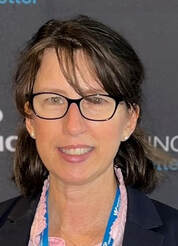
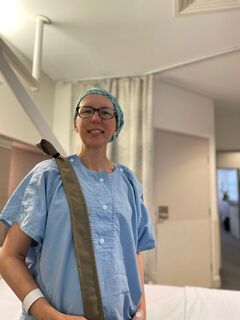
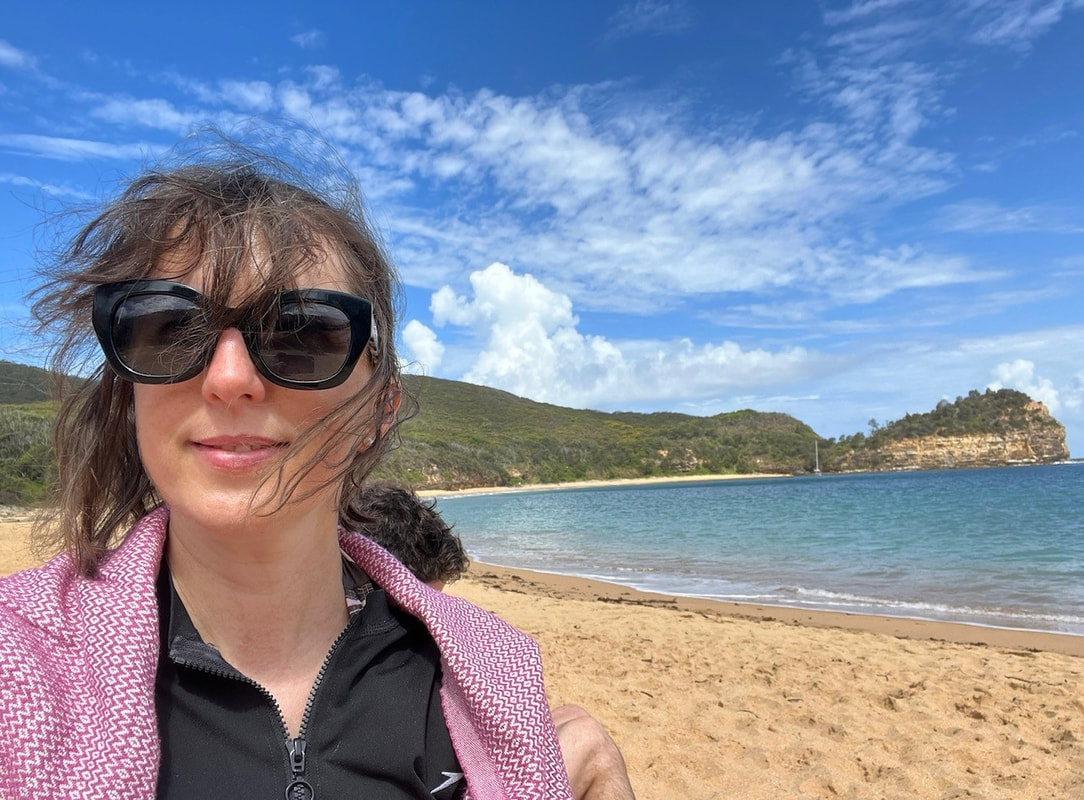
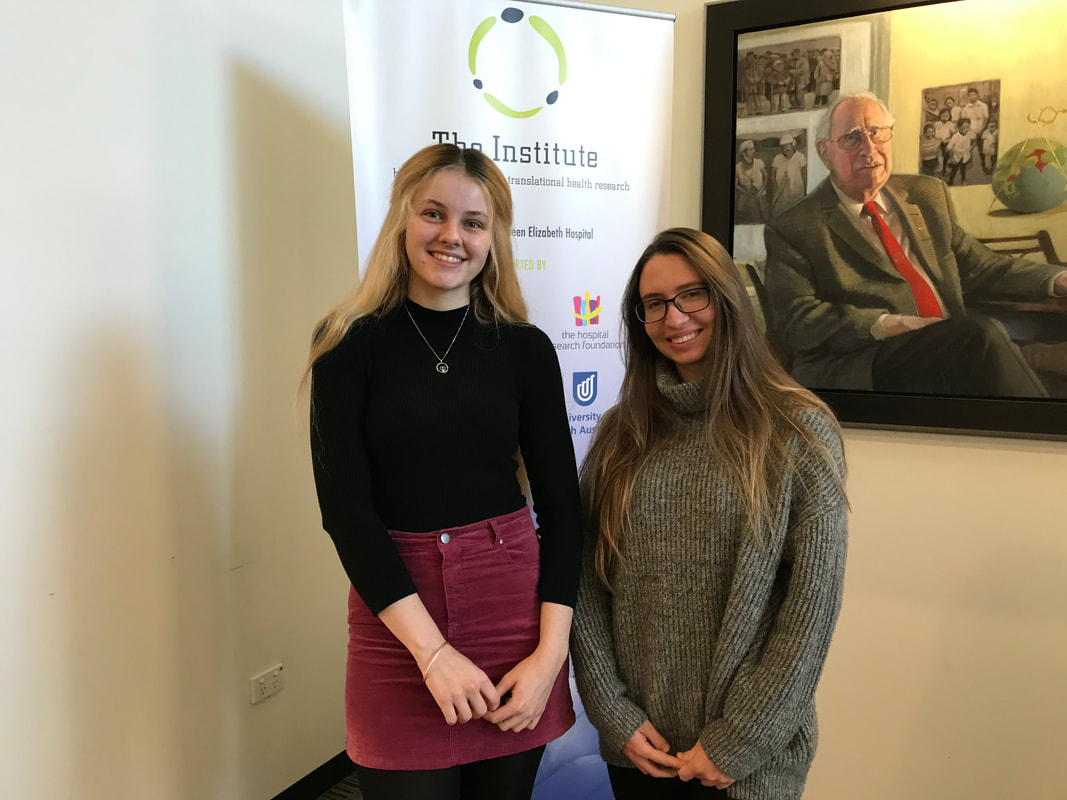
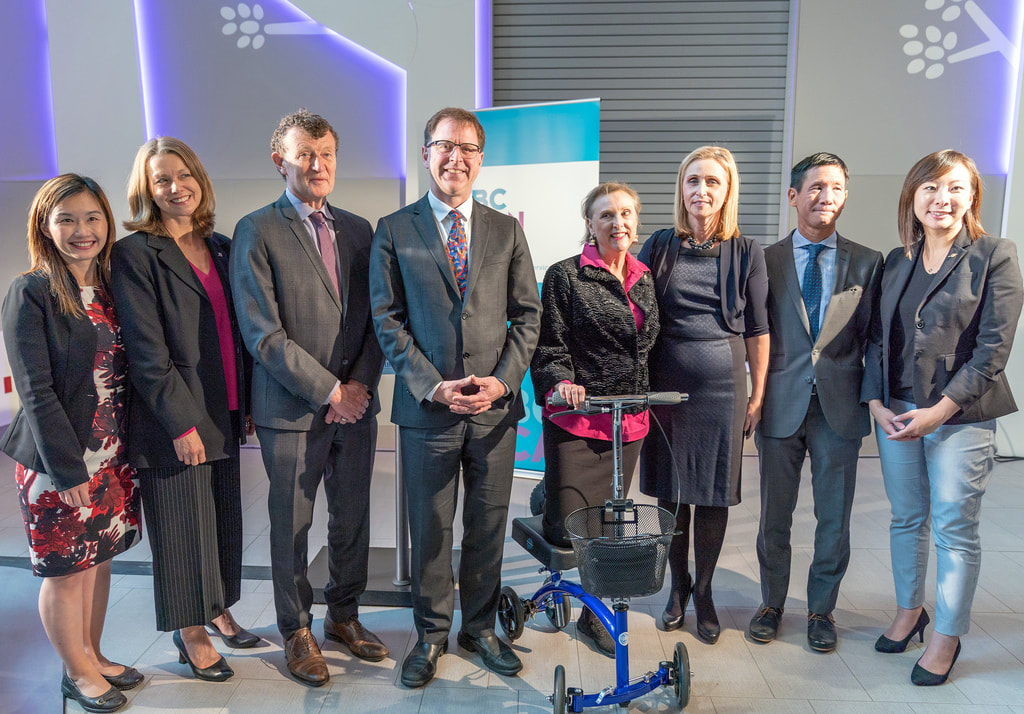

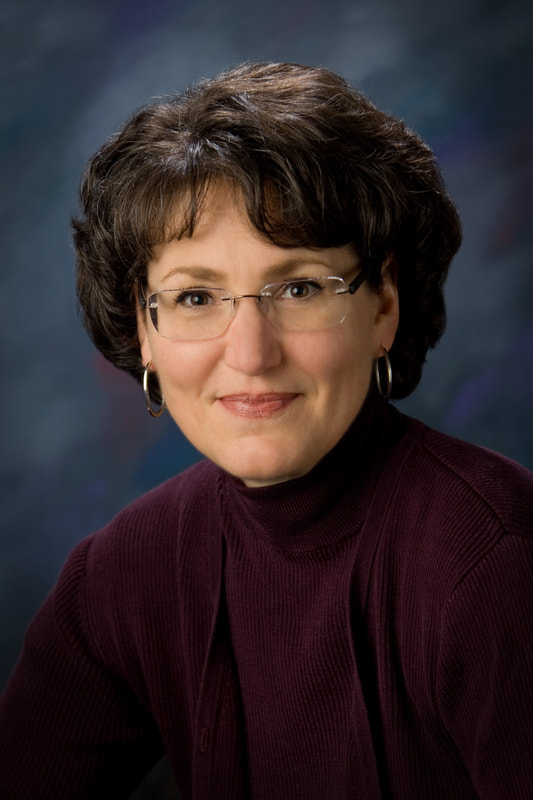
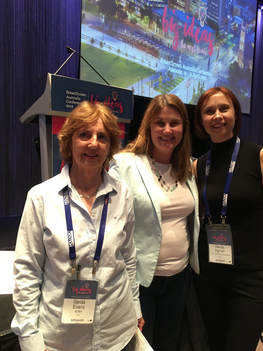

 RSS Feed
RSS Feed
